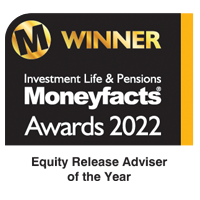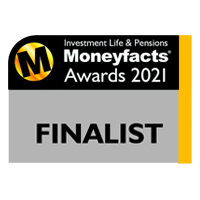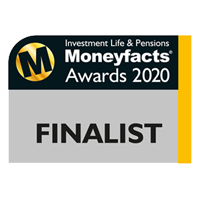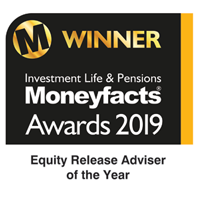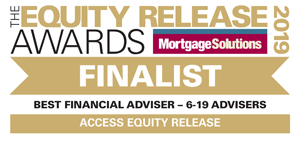One of the most common worries about Equity Release is how much it will cost.
While it is tempting to know that you can spend some of the money tied up in your house, you may worry about the prospect of having to pay back more than you borrowed when you eventually come to repay the loan.
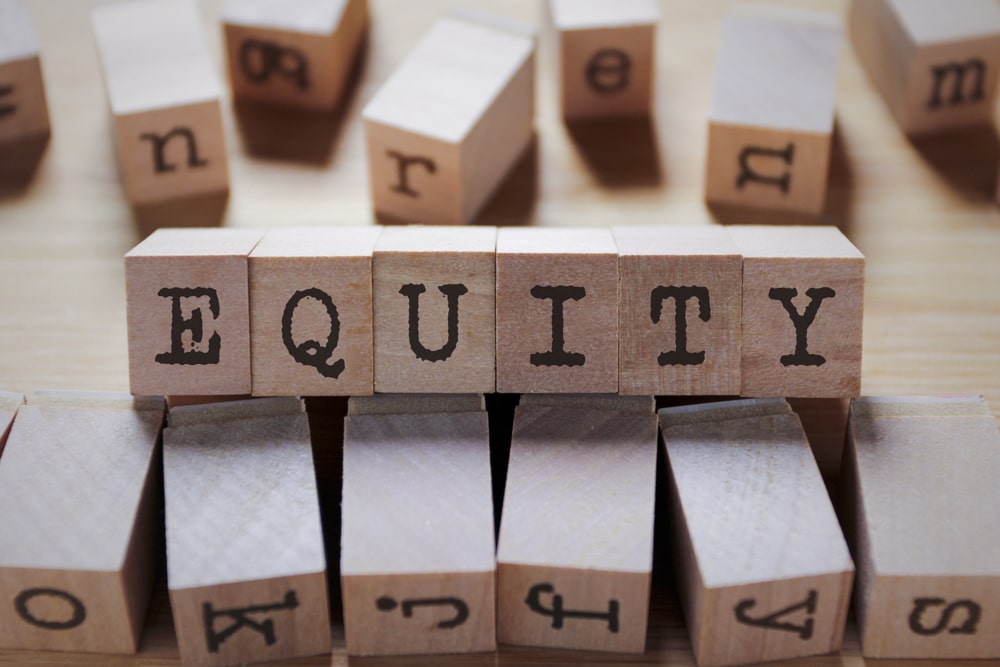
Roll-up, roll-up!
The reason the amount you owe back on your Equity Release loan can grow is that the interest on it is generally left to roll-up. This means that you can literally choose to make no payments whatsoever for the life of the loan. In reality, this is what most people do. But it is a choice, you can of course pay all the interest. If you choose not to pay, then each month's interest is added to the loan balance and hence, over time, this increases.
It needs to be said that, with our current historically low interest rates, it will typically take 22 years for the interest on your loan to cause the capital sum you borrowed to double.
And, usually, your property's value will have risen in that time – so you will essentially have been borrowing against your home's growth.
However, as we are always reminded, property values are not guaranteed to carry on growing.
Most people don't expect property to carry on growing as it has for the last 10 or even 20 years but, equally, most people don't expect values to fall. Demand for property still outstrips supply and that doesn't look like changing anytime soon so a moderate assumption of just 1% annual growth will still go a long way to offset this build-up of interest against the final future value.
Balancing the risk
Slumps in the property market do occur, and, in the very worst case scenario, you may – quite reasonably – fear that the amount you'll owe your lender will end up being greater than the value in your home!
Modern Equity Release schemes aim to reduce this risk.
The most you will ever be loaned against the value of your property is around 50%, or just a little over. But all schemes which adhere to the Equity Release Council's code of conduct include a mandatory 'No Negative Equity Guarantee' meaning that, no matter what happens, the loan can never be greater than the value of your property so long of course you have continued to maintain it properly throughout.
Servicing your interest
There is one way that you can ensure that the rolled-up interest on your loan will never cause a problem – and that is to pay the interest as it is applied. We call this 'servicing the interest'.
If you choose to do this, your Equity Release loan will feel very much like a conventional 'interest only' mortgage – but with a little more flexibility. If for example you took a £100,000 release and let's say the interest rate was a flat 3.1% then the monthly amount of interest would be approximately £259. If you paid this £259 each and every month then the loan amount of £100,000 would never increase.
However, the flexibility of Equity Release means you could instead choose to pay your interest on an ad-hoc basis. Doing this will mean you're not tied to a monthly commitment – however, it would be a little more expensive as interest that has become due during months when you haven't paid it back will roll up until you do make a payment – so you would be paying interest on interest.
Taking the same example of a loan of £100,000 with an interest rate of 3.1%, if you paid the interest quarterly it would cost you around £790 a quarter (compared to £777 if you'd been paying monthly for three months).
The choice is yours
If you decide that £259 a month will be too burdensome, there are other options to consider. For example, with the right lender and product, you could choose to pay £100 a month. Whilst not stopping the roll-up completely, you are slowing it down incredibly and thus reducing the final loan amount.
This is the joy of modern Equity Release: there is so much choice – and that means we are very likely to find a loan that suits your needs now and in the future.




